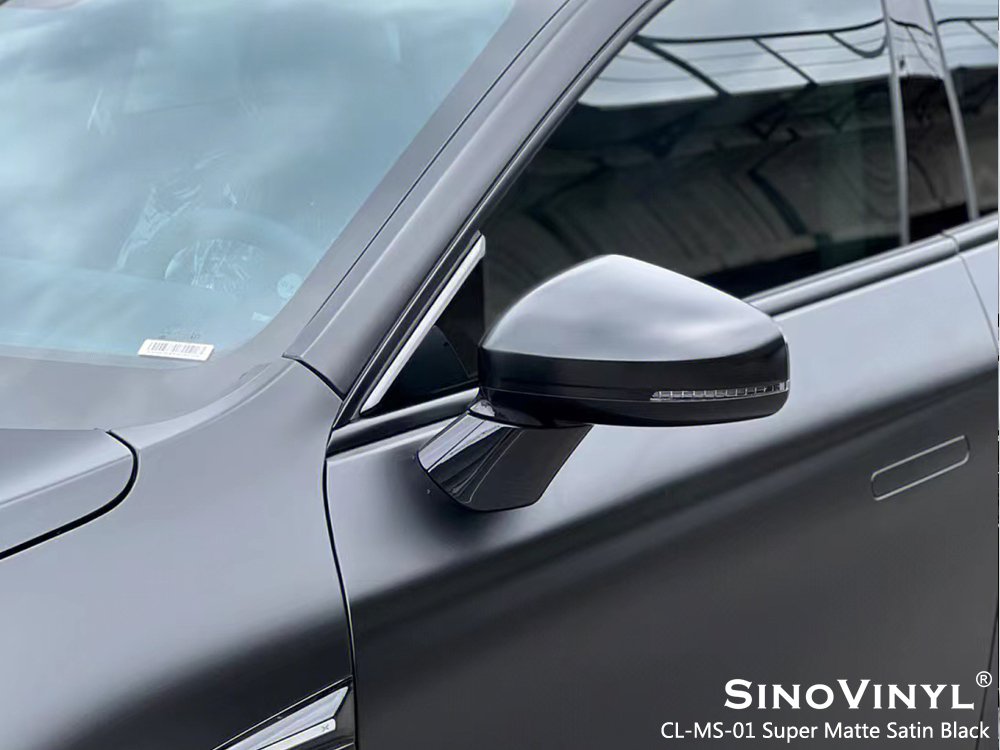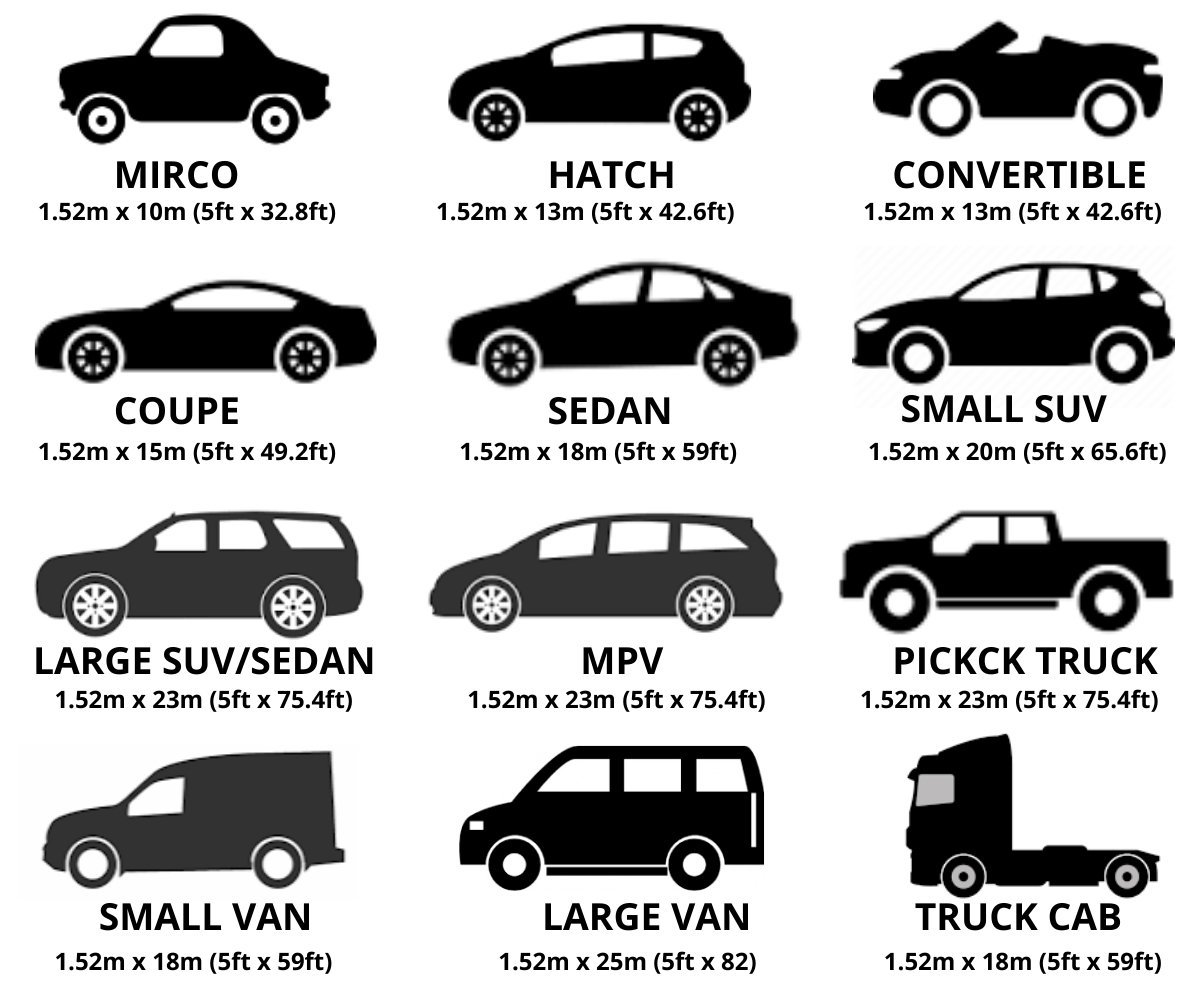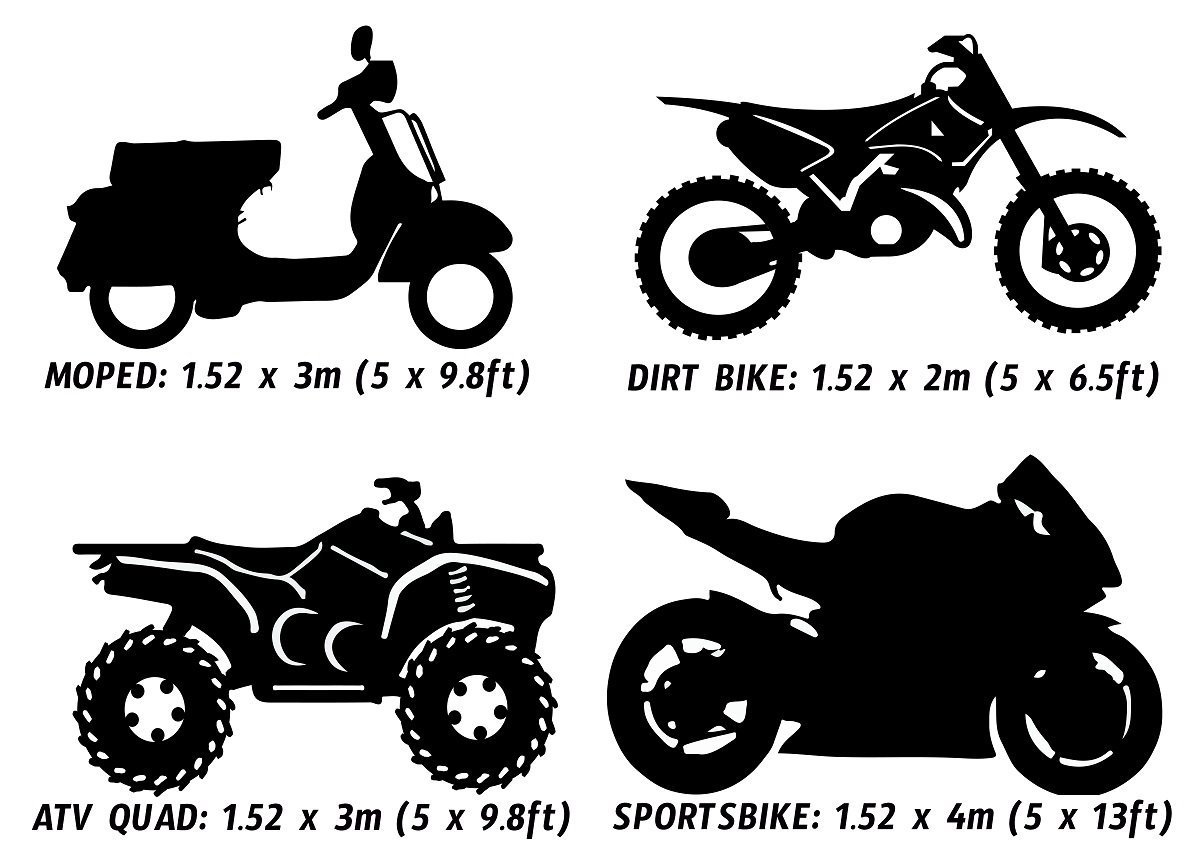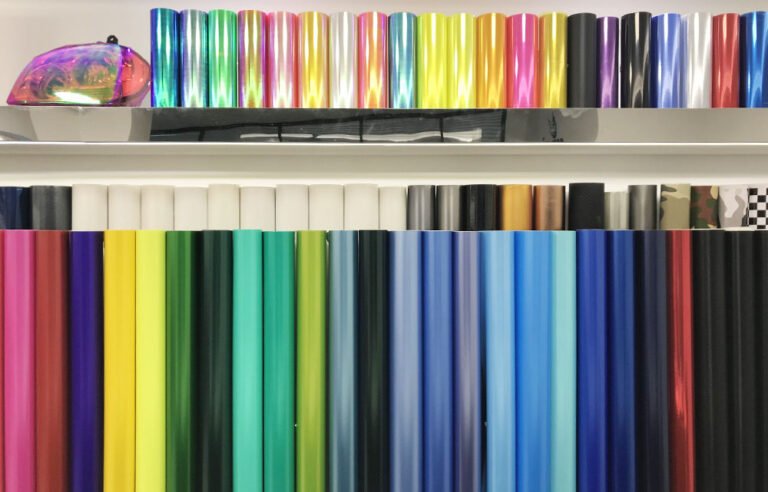Vinyl wrapping has become a popular way to give vehicles a fresh, personalized look. However, achieving a flawless finish requires precise measurements of your vehicle. In this guide, we’ll walk you through the step-by-step process of accurately measuring your car for vinyl wrap.
Why Accurate Measurement Matters
Before diving into the measuring process, it’s essential to understand why accurate measurements are crucial. Proper measurements ensure that you order the right amount of vinyl wrap material, reducing waste and saving you money. Moreover, precise measurements help achieve a seamless and professional-looking finish.
Tools You’ll Need
Before you begin, gather the following tools and materials:
- Measuring tape or ruler
- Chalk or masking tape
- Notepad and pen
- Calculator
Step 1: Preparation
Clean Your Vehicle
Start by washing your vehicle thoroughly to remove dirt, dust, and grime. A clean surface ensures accurate measurements and promotes better adhesion when applying the vinyl wrap.
Park in a Well-lit Area
Park your vehicle in a well-lit area where you can easily access all sides and angles. Natural light can help you see measurements more clearly and accurately.
Step 2: Choosing Measurement Points
Identify the key areas of your vehicle that require vinyl wrapping. Common areas include:
- Doors
- Hood
- Roof
- Trunk or tailgate
- Bumpers
Mark these areas with chalk or masking tape to clearly visualize where you’ll be measuring.
Step 3: Starting the Measurement
Length Measurements
– For horizontal surfaces like doors and hoods, measure the length from one end to the other.
– For vertical surfaces like doors and bumpers, measure from top to bottom.
Width Measurements
– Measure the width of the panels you’ll be wrapping.
Complex Areas
For curved or irregularly shaped areas, use a flexible measuring tape or string to trace the contour and then measure the length of the string.
Step 4: Recording Measurement Results
Create a measurement log to record all your measurements. Include columns for:
- Location (e.g., hood, door)
- Length
- Width
This log will serve as a reference when ordering your vinyl wrap material.
Step 5: Analysis and Calculation
Calculating Material Requirements
Use your recorded measurements to calculate the total surface area to be covered. Most vinyl wrap suppliers provide material in square feet or meters, so ensure your calculations align with their measurement units.
Formula for Surface Area Calculation:
Surface Area= Length x Width
Sum up the surface areas of all the panels you plan to wrap to determine the total material needed.
Conclusion
Accurate measurement is the foundation for a successful vinyl wrap installation. By following these steps and taking your time to measure correctly, you’ll be well-prepared to order the right amount of vinyl wrap material and achieve a professional-looking finish.



















